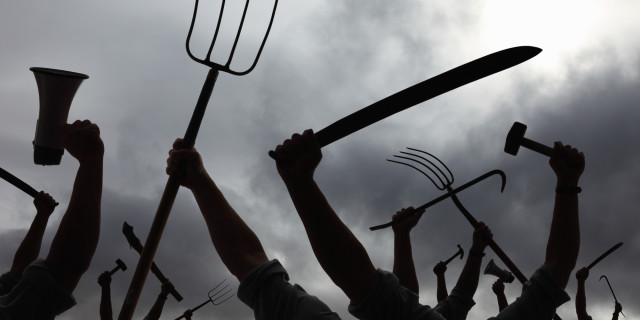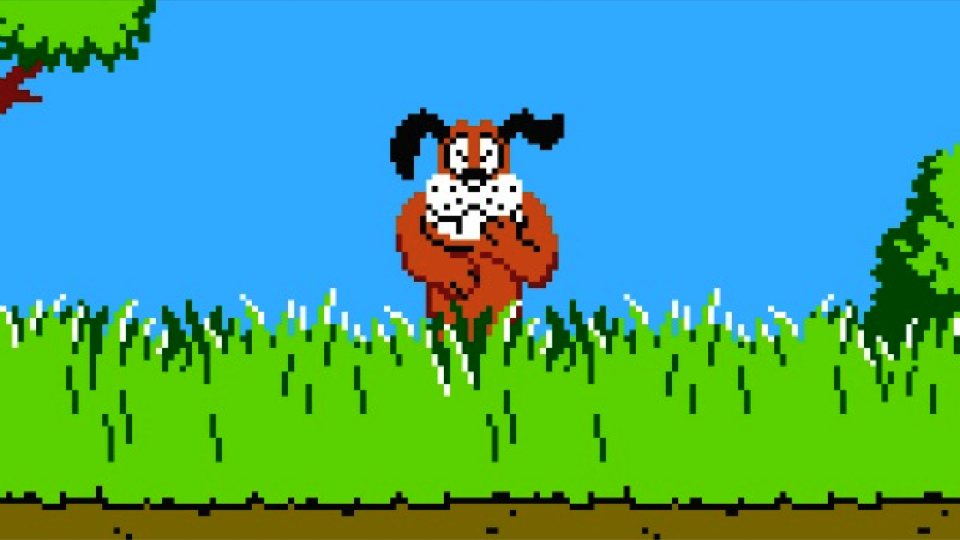Patience is an essential component of farming and, as it turns out, is a value I wish I had used when I decided to purchase the most recent “official” Harvest Moon release, Harvest Moon: The Lost Valley. As you might remember from my previous review on the title, I had been skeptical of Harvest Moon: The Lost Valley after hearing rumors of licensing issues that prevented the original team from officially developing under the franchise’s name. It turns out that I should have listened to that initial skepticism – the game ended up being a shallow, almost hollow shell of a farming simulator with almost none of the charm previous Harvest Moon editions had. So after being supremely disappointed, I turned my sights on the game actually being developed by the original design team responsible for the Harvest Moon franchise: Story of Seasons. And after only an hour in, the bitter taste that Harvest Moon: The Lost Valley had left in my mouth was quickly washed away and replaced by the sense of charm and slight nostalgia I had been looking for out of a Harvest Moon title since A Wonderful Life. Although parading under a different name and an ever-so-slightly different style, Story of Seasons is, at heart, an old school Harvest Moon game, and I’m more than happy with that.
From what I can tell after playing for just a little over an hour and despite the game’s title, there’s nothing particularly memorable about Story of Seasons’ story. Essentially it is just another example of the archetypal plot found in almost every Harvest Moon game. You play a young adult who from the city who, looking for a change of pace in their life, signs up for the chance to win a farm and a bit of land in a notable farming community. Something draws the judges to your application, and before you know it, you’ve packed your bags and are heading out into the countryside for a chance at a new life. This is a tried and true formula for Harvest Moon plots: a young person – your player character – discovers or is offered an opportunity to take over responsibility for a farm or create a farm of their own and decides to move from their home out into the country, where they slowly learn the ropes, meet the locals, raise a family, and eventually become a successful farmer. Overall, it seems like the story will be nothing spectacular – there isn’t even a hint of a potentially magical element or quest in the game that, when present, is generally responsible for creating most of the plot in a Harvest Moon game. But (and it’s rare for me to say this, as I tend to place a good deal of value upon a game’s narrative) Story of Seasons doesn’t really need a defined story. Its gameplay, combined with the interaction between your player character and the townspeople, drives it along. And it does this well; so well that, thus far, I’ve not really wanted one (although I’m not exactly far in the game).
As of right now, I’ve only just progressed past the tutorial stage, which lasts a week of in-game time. During this tutorial your character stays with a veteran farmer, learning the ropes by helping your neighbor with their daily farm tasks and introducing you to a new aspect of farm life every day. At first I wasn’t entirely sure what to make of this rather long tutorial. It’s rather slow, surprisingly does not always let you try your hand at the actions it’s teaching you how to do, and feels rather unnecessary for a seasoned player (it can’t be skipped either). However, in addition to the new title, Story of Seasons brings along with it a few new features, adding to the already rather complex gameplay. All of this adds up to a fairly complex system that, for a newcomer, might take some time getting used to and, in this sense, I understand the benefit of approaching each aspect thoroughly and clearly.
Speaking of gameplay, Story of Seasons retains much of the same features as its spiritual predecessors. You still spend your virtual days tilling the ground, planting seasonally appropriate crops, watering and fertilizing, harvesting, tending to your livestock, savaging for natural resources, fishing, chatting up the townsfolk, and buying and selling goods. These actions will all deplete your stamina, a stat that unfortunately, like in real life, is always in short supply, and which can be rejuvinated by eating or sleeping. But Story of Seasons has added a few new features to keep your character’s waking hours even more jam packed than before. You can now swim and dive for valuables on the riverbed, trade with merchants selling rare and exotic goods from other lands, tend to the new alpacas and Angora rabbits, give your animals treats, clean your animals’ barns, sit down for a stamina-filling meal at the town’s restaurant, browse for knick-knacks at the antique store, rent out public land, and even connect with friends via multiplayer mode and StreetPass. Combined with an expanded map that allows for a great deal of exploration, Story of Seasons really allows players to have a variety of options in what to do on a daily basis, which can be customized to your personal interests or play style. I also noticed that there are a few adjustments have been made to the game that has even streamlined some of the more irritating or redundant actions. For instance, there is now a health clinic that you can visit to renew your health and stamina and, rather than having to plow/water/harvest a plot of land one at a time, you can now do a patch of six all at once, drastically cutting down on the annoying processing time between each action.
To someone who has never played a Harvest Moon game, it can be difficult to describe what makes the game fun. After all, it is perhaps too close to real life at times. There never seems to be enough hours in the day to get done everything you wanted to do, and even if you do have enough time to do it all, it’s unlikely you’ll have the stamina or energy to get it all done without heading to bed, stopping for a meal, or paying a visit to the doctor. It can be difficult to get daily routines down that allow you to do everything that needs to be finished on the farm while balancing out time to do other activities like socialize or fish, and when you do the tasks can become repetitive and chore-like. Plus there’s the budgeting aspect – figuring out whether growing crops or raising animals is more financially productive, waiting for the demand of your products to increase, etc. When you play Story of Seasons, you’re temporarily trading your real life responsibilities for the responsibilities attached with running your virtual farm and business, but, if your experience is anything like mine, you’ll feel surprisingly okay with it. There’s something incredibly rewarding about seeing your crops come to harvest and selling them for money that you can use to expand and grow your farm, figuring out which villager likes to receive what presents, making sure your animals are healthy and happy, and the like. Like Farmville, it quickly becomes an addictive experience that you become fully engulfed and immersed in.
Unfortunately I haven’t had much of a chance to explore and critique the romance options in Story of Seasons yet. While I was happy to see that you’re able choose your character’s skin tone and appearance in this game, it unfortunately appears that you’re not able to date and eventually marry a character of your same gender. There are six bachelors and six bachelorettes available for you to woo and marry depending on your character’s gender. I haven’t had the chance to meet all six bachelors, but I’m afraid that, despite the fact that they’re all rather attractive for pixelated characters, almost all of them suffer from the affliction Harvest Moon games seem to place upon their male romance options: notably negative characteristics that would be warning flags for me in real life. These include having a “colorful past,” being a “playboy,” “testy,” and a “smooth talker.” Granted, these are taken from the game manual’s descriptions rather than from in the game itself and may be overstated, but it bugs me that the developers continue to provide these types of options for players playing as a female character. Plus the girls largely have those negative characteristics that are somehow endearing, like being super self conscious, “mischievous,” or klutzy and neglectful of her own well-being. It’s a small irritant, but it’s still disappointing to see them continue to fall back on these types of stereotypes.
Overall, I already feel quite pleased with Story of Seasons. It has what I wanted in a new Harvest Moon: an adherence to the tried and true farming and daily life simulation mechanics with just enough new content to keep it fresh and better designed but, at the same time, content that’s not drastic enough to eclipse the original charm. It’s not a game for everyone, but I feel the payoffs for devoting time to the game’s array of daily tasks is rewarding enough to keep you playing for quite some time.





2 thoughts on “Power Hour Review: Story of Seasons (3DS)”
I haven’t really played a Harvest Moon game since Back to Nature, but I loved that game. So I was wondering how easy or hard it is to control on the smaller then a tv 3DS?
Hey Sarah, thanks for the great review and commentary on the romance. I think you’ve sold me on giving this a try.. haven’t played harvest moon since the N64 🙂 Thanks for the details.